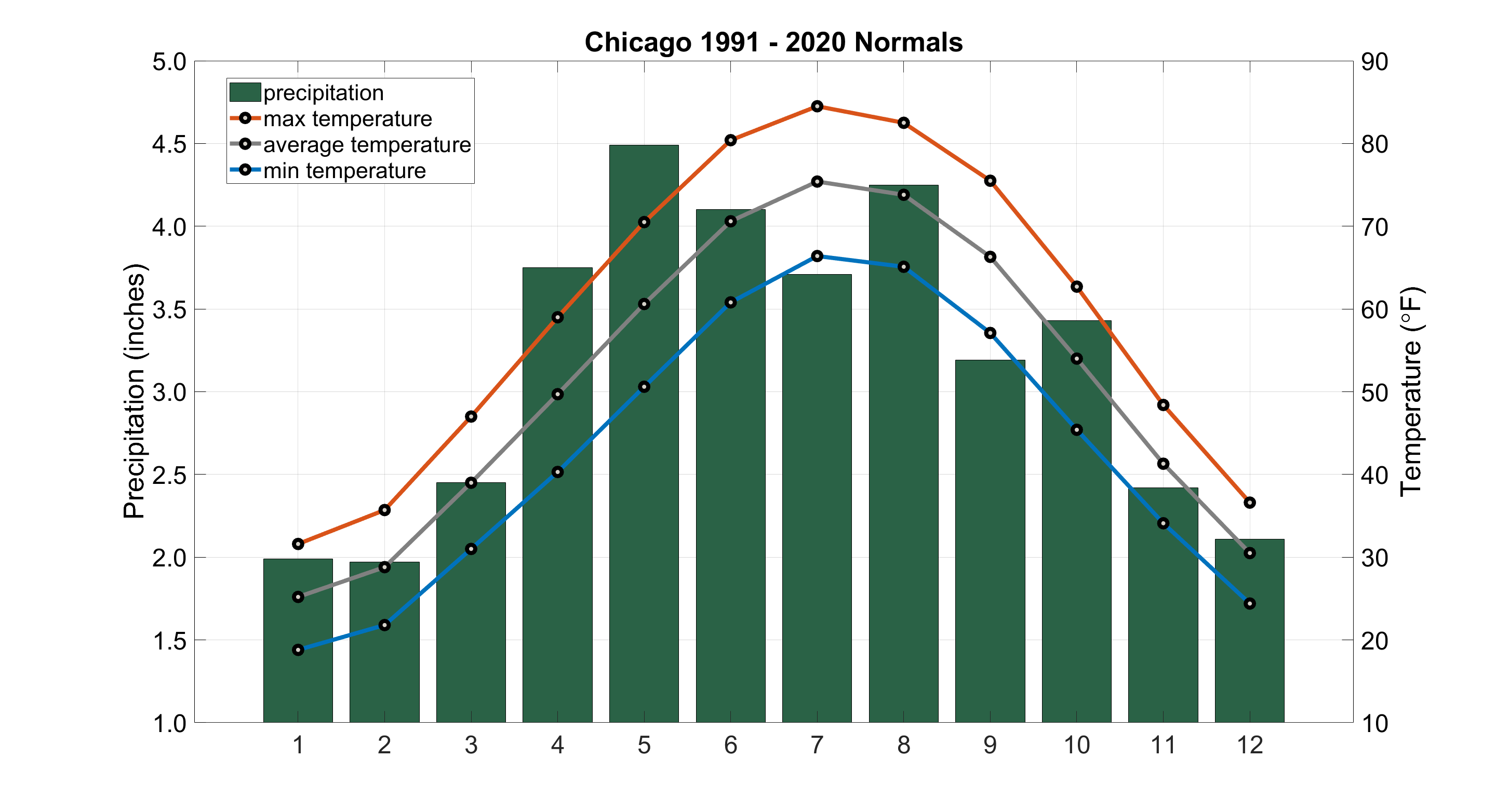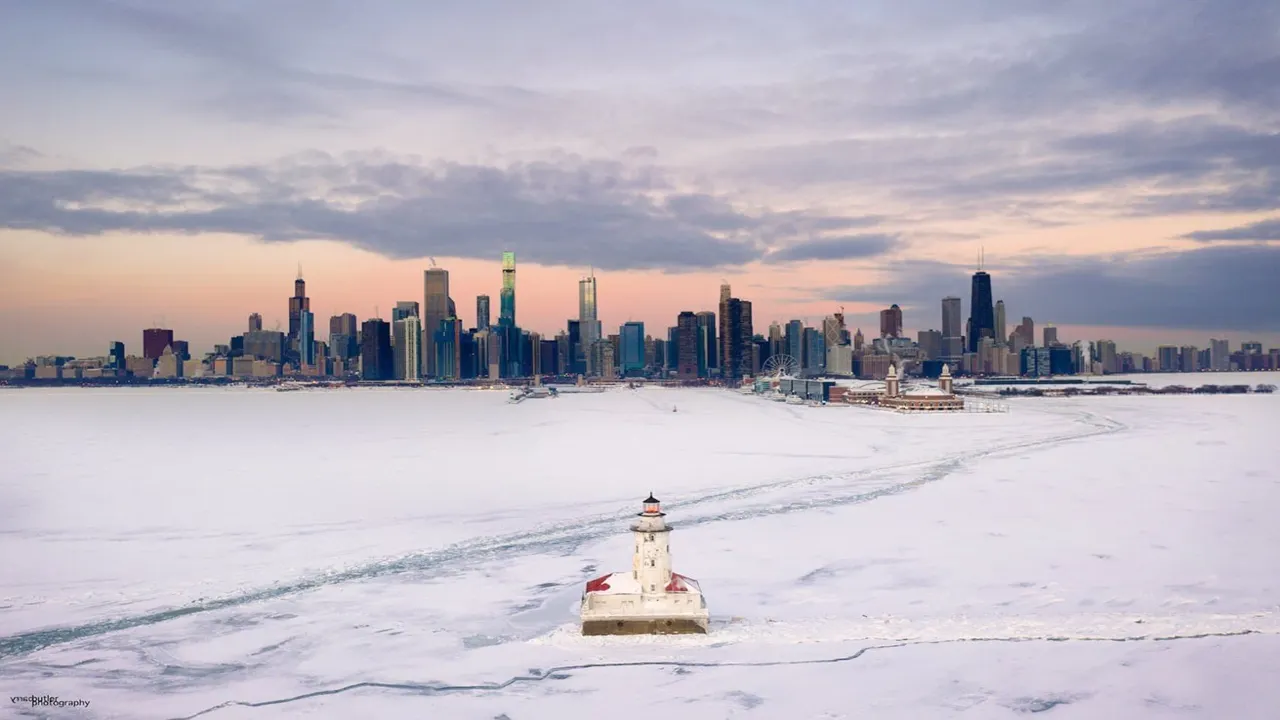Ever wondered why Chicago is called the Windy City? Well, it’s not just because of the political breeze or the gusts that whip through the streets. The weather in Chicago plays a massive role in shaping the city's identity, and trust me, it’s a wild ride. If you're planning to visit or live in Chicago, understanding the city's weather patterns is like having a cheat code for survival. So buckle up, because we’re diving headfirst into Chicago’s weather quirks, and you’re gonna want to stick around for this one!
Chicago weather is unpredictable, dramatic, and sometimes downright moody. One day you’re basking in glorious sunshine, and the next, you’re bundled up like a marshmallow against a blizzard. It’s a city where you can experience all four seasons in a single day, which makes it both thrilling and slightly terrifying. But hey, that’s what makes Chicago so special, right?
Now, before we dive into the nitty-gritty of Chicago’s weather, let’s set the stage. The city’s location near Lake Michigan plays a huge role in its climate. This massive body of water acts as a thermostat, moderating temperatures and adding an extra layer of unpredictability to the mix. So, whether you’re a local or just passing through, knowing what to expect from Chicago’s weather can save you a lot of hassle—and maybe even a wardrobe malfunction.
Understanding Chicago’s Climate
Chicago’s climate is officially classified as a humid continental climate, which means it’s characterized by hot, humid summers and freezing, snowy winters. But don’t let the technical jargon fool you—this city’s weather is anything but ordinary. From heatwaves to polar vortexes, Chicago weather is a rollercoaster ride that keeps you on your toes.
Summer in Chicago: Hot and Steamy
Summers in Chicago are no joke. Temperatures can soar into the 90s°F (32°C), and the humidity makes it feel even hotter. The city experiences an average of 30 days per year with temperatures above 90°F, so if you’re not a fan of heat, you might want to invest in a good air conditioner—or at least a trusty fan. But hey, the upside is that summer in Chicago is packed with outdoor festivals, concerts, and fireworks shows. Just don’t forget to hydrate!
Winter in Chicago: A Frozen Wonderland
Winter in Chicago is a different beast altogether. With temperatures often dropping below freezing, and wind chills that can make it feel like -20°F (-29°C), this city knows how to chill. Snowfall is common, with an average of 36 inches per year, and the polar vortex occasionally pays a visit, turning the city into a winter wonderland. But don’t let the cold scare you—Chicagoans are experts at bundling up and making the most of the season with ice skating, sledding, and cozying up by the fire.
Spring and Fall: The Transitional Seasons
Spring and fall in Chicago are like the city’s mood swings—quick and unpredictable. Spring brings warmer temperatures and blooming flowers, but it’s also the season for unpredictable storms and sudden temperature drops. Fall, on the other hand, is a favorite among locals, with crisp air, vibrant foliage, and a perfect balance of warmth and coolness. These transitional seasons are a great time to explore the city without the crowds or extreme weather.
Spring Weather in Chicago
Spring in Chicago usually starts in March, but don’t be surprised if you still see snowflakes flying around. Temperatures gradually rise, and by May, you can expect mild days with highs in the 60s°F (15-20°C). However, spring is also the wettest season in Chicago, with an average of 3.5 inches of rainfall per month. So, pack an umbrella and some waterproof shoes if you’re visiting during this time.
Fall Weather in Chicago
Fall in Chicago is a dream for nature lovers. The city transforms into a canvas of red, orange, and yellow as the leaves change color. Temperatures are comfortable, ranging from the 50s°F (10°C) to the 70s°F (21°C), making it perfect for outdoor activities. Plus, you get to enjoy some of the city’s best events, like the Chicago Marathon and the Taste of Chicago. Just be prepared for the occasional chilly breeze off Lake Michigan.
Key Weather Patterns in Chicago
Chicago’s weather is influenced by several key factors, including its location, proximity to Lake Michigan, and prevailing weather systems. Understanding these patterns can help you better prepare for whatever the Windy City throws your way.
The Role of Lake Michigan
Lake Michigan is Chicago’s weather wildcard. In the summer, it cools down the city, creating a refreshing breeze that can lower temperatures by several degrees. In the winter, it can amplify the cold, sending icy winds through the streets. This lake effect also contributes to snowfall, especially during the early winter months when the lake is still relatively warm.
Polar Vortex and Heatwaves
Chicago has its fair share of extreme weather events. The polar vortex, a large area of low pressure and cold air, occasionally descends from the Arctic, bringing bone-chilling temperatures and dangerous wind chills. On the flip side, heatwaves can strike during the summer, with temperatures climbing into the triple digits. These extremes are part of what makes Chicago weather so fascinating—and challenging.
Weather Safety Tips for Chicago
Living in or visiting Chicago means being prepared for anything when it comes to weather. Here are some tips to help you stay safe and comfortable no matter what the forecast says.
- Invest in a good winter coat and boots if you’re visiting during the colder months.
- Carry an umbrella or rain jacket during spring and fall, as rain showers are common.
- Stay hydrated during the summer, and seek shade or air conditioning when temperatures soar.
- Check the weather forecast daily, as conditions can change rapidly in Chicago.
- Be mindful of wind chills during winter, as they can make the cold feel even more intense.
Best Times to Visit Chicago Based on Weather
If you’re planning a trip to Chicago, timing your visit based on the weather can enhance your experience. Here’s a quick breakdown of the best times to visit:
Summer: June to August
Summer is peak tourist season in Chicago, with plenty of outdoor activities and events. However, be prepared for the heat and crowds. If you love warm weather and don’t mind the hustle and bustle, this is the perfect time to visit.
Fall: September to November
Fall is considered the ideal time to visit Chicago. The weather is mild, the scenery is stunning, and the city is alive with festivals and cultural events. Plus, hotel rates tend to be lower than in the summer.
Winter: December to February
Winter in Chicago is magical, with snow-covered streets and festive lights. If you’re a fan of winter sports or don’t mind the cold, this can be a great time to visit. Just be sure to pack warm clothing and embrace the city’s indoor attractions.
Chicago Weather Statistics
Here’s a quick look at some key weather statistics for Chicago:
- Average annual temperature: 52°F (11°C)
- Average annual precipitation: 37 inches
- Average snowfall: 36 inches
- Hottest month: July (average high of 84°F/29°C)
- Coldest month: January (average low of 19°F/-7°C)
Conclusion
Chicago weather is a force to be reckoned with, and understanding its quirks can make all the difference in your experience of the city. From scorching summers to frigid winters, this city’s climate is as dynamic as its people. Whether you’re a local or a visitor, being prepared for whatever the weather throws your way will help you make the most of your time in the Windy City.
So, what are you waiting for? Grab your coat, hat, or sunscreen, depending on the season, and dive into all that Chicago has to offer. And don’t forget to share your weather stories in the comments below or check out our other articles for more insights into the city. Stay safe, stay cozy, and enjoy the ride!
Table of Contents
- Understanding Chicago’s Climate
- Summer in Chicago: Hot and Steamy
- Winter in Chicago: A Frozen Wonderland
- Spring and Fall: The Transitional Seasons
- Spring Weather in Chicago
- Fall Weather in Chicago
- Key Weather Patterns in Chicago
- The Role of Lake Michigan
- Polar Vortex and Heatwaves
- Weather Safety Tips for Chicago
- Best Times to Visit Chicago Based on Weather
- Chicago Weather Statistics


